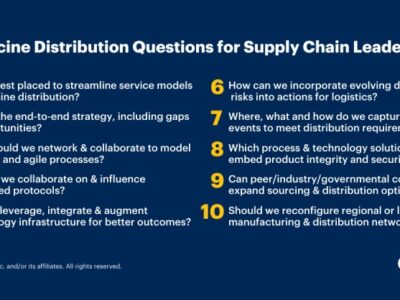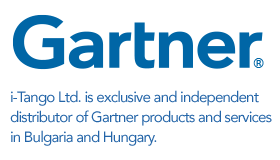The trucking industry is divided over a Federal rule that seeks to enhance safety on U.S. highways.
Contributor: Christy Pettey
Sometimes laws take effect that are meant to serve one purpose, and inadvertently additional benefits occur. That’s the potential of a mandate in the transportation industry to improve truck driver safety that can have a positive impact on the supply chain/logistics industry.
The mandate from the U.S. Department of Transportation requires most truck drivers to use electronic logging devices (ELD) to monitor driving hour compliance by December 2017. The mandate is intended to make U.S. highways safer and driver tracking more efficient, and according to Bart De Muynck, research director at Gartner, it is also expected to usher in a new era of technology to an industry that has long relied on paper-based and manual processes that were easy to alter and difficult to verify.
“This new technology could digitalize nearly all of the workflow processes for drivers, as well as record what goods they are hauling,” said Mr. De Muynck. “The implementation of electronic logging device technology has the potential to bring tens of thousands of additional trucking companies online, which could lead to greater supply chain visibility and improved efficiencies.”
ELDs automatically record driving times and monitor engine hours, vehicle movement, miles driven and location information.
ELD Mandate Expected to Usher in New Era of Digitalization and Efficiencies
The ELD requirement can expand the use of mobile technology in the industry and be the impetus for the digitalization of the smallest two-thirds of the fleet operator market that still relies on manual and inefficient practices.
Many large fleet operators have already adopted an ELD solution and say that the technology boosts productivity by replacing manual processes that lead to excess paperwork, logging errors and fines. Some of the smaller fleet operators have resisted ELDs because they assume it is a one-off investment. However, the initial investment builds the foundation for more capabilities.
Through the use of these solutions, fleets have the potential to monitor asset locations, engine performance, fuel usage, hours of operation, maintenance problems, cargo temperature and tampering alerts via onboard sensors. Fleet operators could conduct more preventive maintenance based on previously unavailable data, reducing the time that trucks are unavailable due to unscheduled maintenance.
ELD Requirement Could Accelerate Driver Shortage, Increase Costs
The American Trucking Association’s (ATA) Truck Driver Shortage Analysis for 2015 estimates that a driver shortage is approaching 50,000, a number it expects to grow. There is concern that the ELD requirement could lead to a mass exodus of workers leaving the trucking industry because of concerns that fewer miles logged by drivers will equal less pay.
Furthermore, deploying an ELD solution is expected to increase operating costs by 1 to 2 percent, which could represent a financial burden for many smaller carriers. Upfront investment isn’t the only issue for small carriers, some of which use the current lack of tracking to fudge the actual number of hours driven. Another concern is that insurance companies may be slow to rewrite policies to reflect evidence of increased safety that may result from using ELDs for some carriers.
“However, it is entirely possible that technology gains will help small and large fleets alike to overcome the additional costs,” said Mr. De Muynck. “For example, better visibility into loads will allow some small firms to accept more loads from larger firms that need to dish off capacity at the last minute. The ELD mandate, and the electronic capabilities it provides, could also prove a catalyst for carrying larger capacity loads because of the ability to forecast visibility to other parties.”
Gartner clients can learn more in “For Supply Chain Executives: Carriers and Shippers Prepare for Mandatory Use of Electronic Logging Devices.”
Gartner analysts will provide additional analysis and information on supply chain trends at the Gartner Supply Chain Executive Conferences taking place September 19-20 in London. You can follow news and updates from the events on Twitter using #GartnerSCC.
For more visit Smarter With Gartner website.










